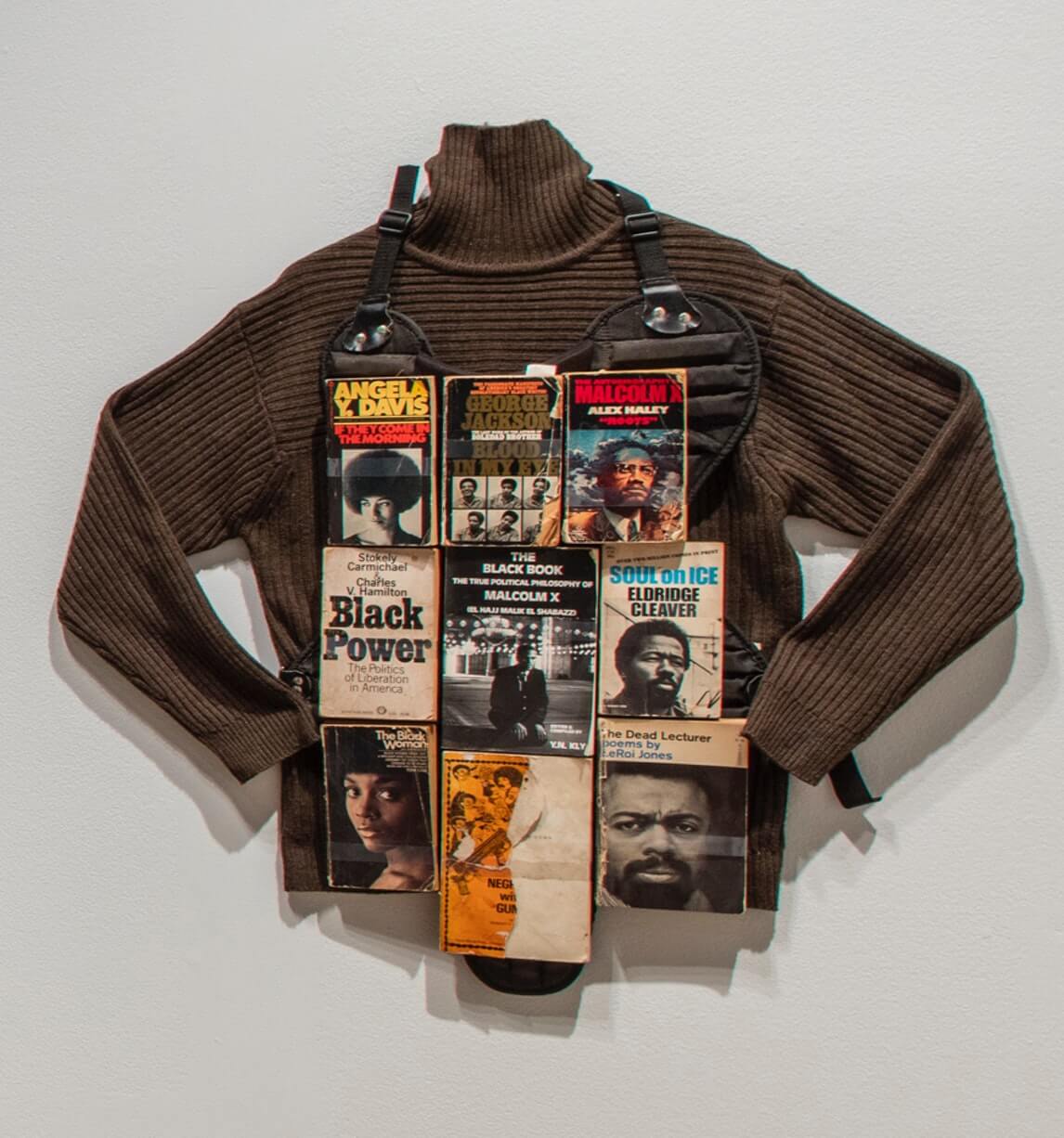Afro-Brazil Museum, an institution from the State of São Paulo culture, opens on June 28 (Tuesday) at 19h, the exhibition “Free Space” with works by seven artists from Africa, four Brazilians and two Haitian.
The intense flow of images that runs through cities like London, New York, Tokyo, Paris and São Paulo, occupying streets and art galleries, creating characters, setting in colorful monumental or ironic tone of political and social engagement is the subject of ” Free space”. Thirteen representatives of the international circuit, the exhibition, as well as its members, escapes the labels of the call urban intervention, graffiti, painting or installation, in contrast, presents live questions drawn up by the experience of these artists go to different fields of contemporary expression.
Marked by this transit between continents are seven artists from Africa, four Brazilians and two Haitian artists. Francisco Vidal (1978) and Yonamine (1974) are Angolans and both have exhibited at the Venice Biennale. The first, in its latest edition, and the second in the African Pavilion in 2007. Still unknown to the public Paulistano, Francisco Vidal has a proven track record in the European and American scene, where he made connections between the gesture and the design amid political overtones and historical.
Yonamine has participated in important exhibitions in São Paulo city, as the 29th Bienal de São Paulo (2010) and the award-winning African Africans, held at the Museum Afro Brazil (2015), among others. Violent tears paper Fight poster between boxers George Foreman and Muhammad Ali are among the features of Yonamine.
Conflict and violence are also subjects of Gerard Quenum (1972), born in Porto-Novo in Benin, the artist says about his work: “I can report that it is unacceptable. For example? The injustice suffered by children, innocent victims around the world, not only in Africa. Children manipulated by conflict, drugged, sick, abandoned. ” This time, unlike his famous series ‘The Veteran (2010)’ where sculptures made with heads of dolls, debris and used military helmets, this show will see a set of paintings made during his residency at the Museum Afro Brazil.
Benin also participate works Cyprien Tokoudagba (1939-2012), one of the most representative painters of voodoo deities in his country, where he made fame as a master painter of temples of this religion, as in Togo and Nigeria. And intense gestures, the show presents a large series of the artist’s paintings “brut” Beninese Nature.
Celestino Mudaulane (1972), was born and lives in the capital of Mozambique where he teaches ceramics at the National School of Visual Arts in Maputo. The Mozambican artist presents his characters drawn with India ink which are revealed views on life and everyday popular in your country. However, the show also offers a look at the individual, intimate spirituality, from self-retatos artist Ghana, Owusu-Ankomah (1956). His large paintings made with planned effects of “trompe l’oeil” mark robust male figures through adinkras symbols and characters especially created by the artist himself.
The effervescence of the narrow streets of the capital Port au Prince, the voodoo religion and the strong presence of traditional artisans feed the sensitivity of Haitian artists Eugène André (1959) and Mario Benjamin (1964). In his museum studio, as he prefers to cite, Andrew prepares cut figures in metal and rubber, suggesting sexual teasing, social criticism and fantastic beings through an ironic and humorous vision. They are frequent their participation in exhibitions in the US and Europe. In this network, Benjamin is one of the most prominent contemporary artists in Haiti. Issues related to identity, ethnicity and race travels by various supports and media, such as paintings, video installations and large objects and interventions. His portraits have a striking and dramatic atmosphere.
Among Brazilian artists are consecrated Alex Hornest (1972), Daniel Melim (1979), Never (1983) and Speto (1971). key personalities of this São Paulo scene, his productions run from the graffiti, the graffiti, the intervention to advertising campaigns, museums, literary publications and video documentaries. The trajectory of each reveals, in its own way, the unfolding of the hip hop culture of the 90s in São Paulo, the culture of the streets, the suburbs, the rock concerts and punk and is representative of a generation marked by the explosion of colors which made the city of São Paulo in a museum in the open. Learn more here.
SERVICE:
Exhibition “Free Space”
Opened: June 28, 2016 –
Closing: from August 07 2016










